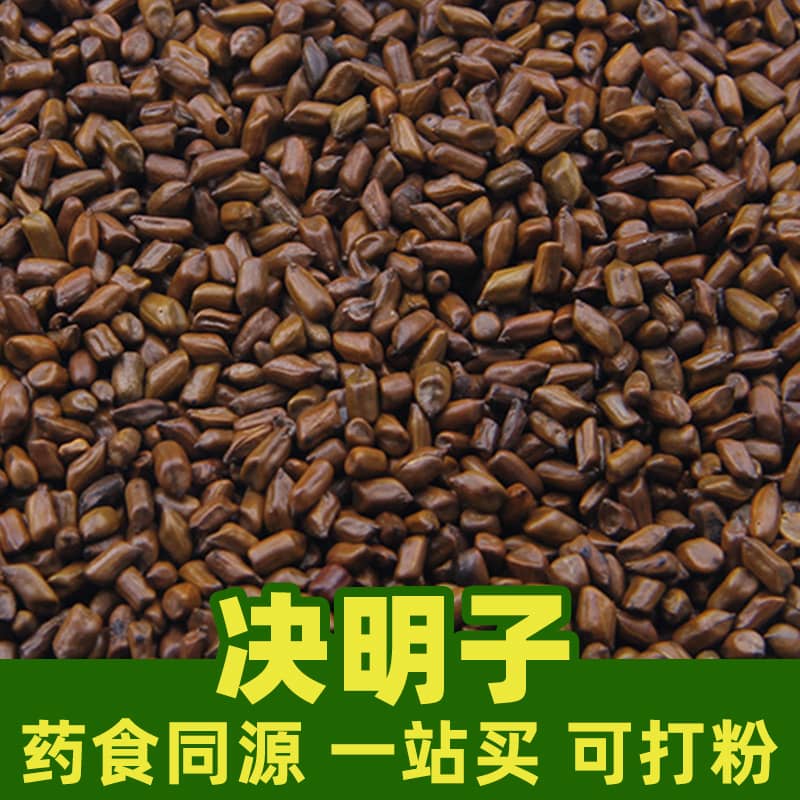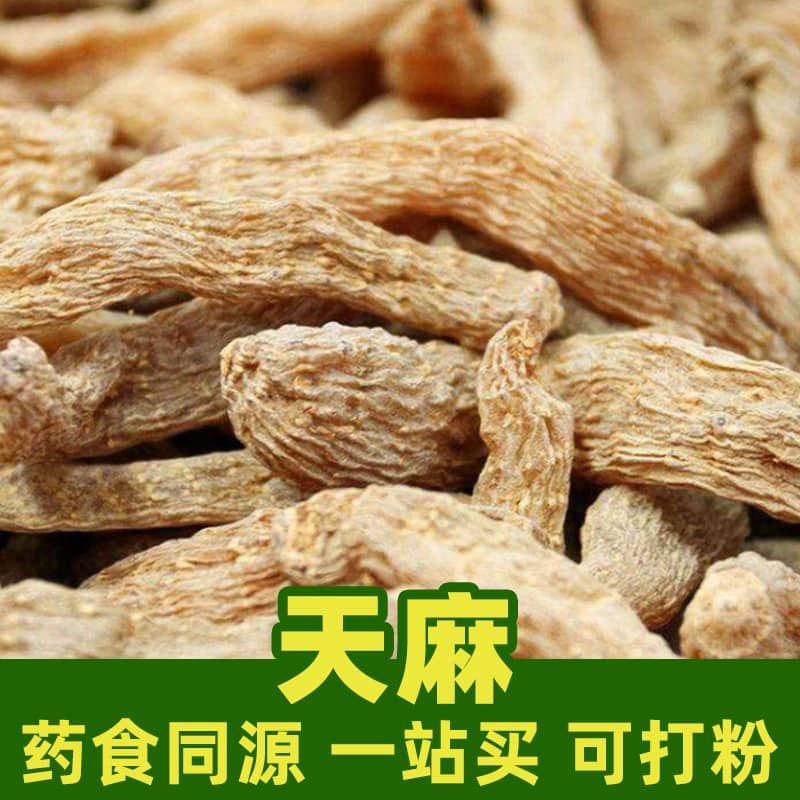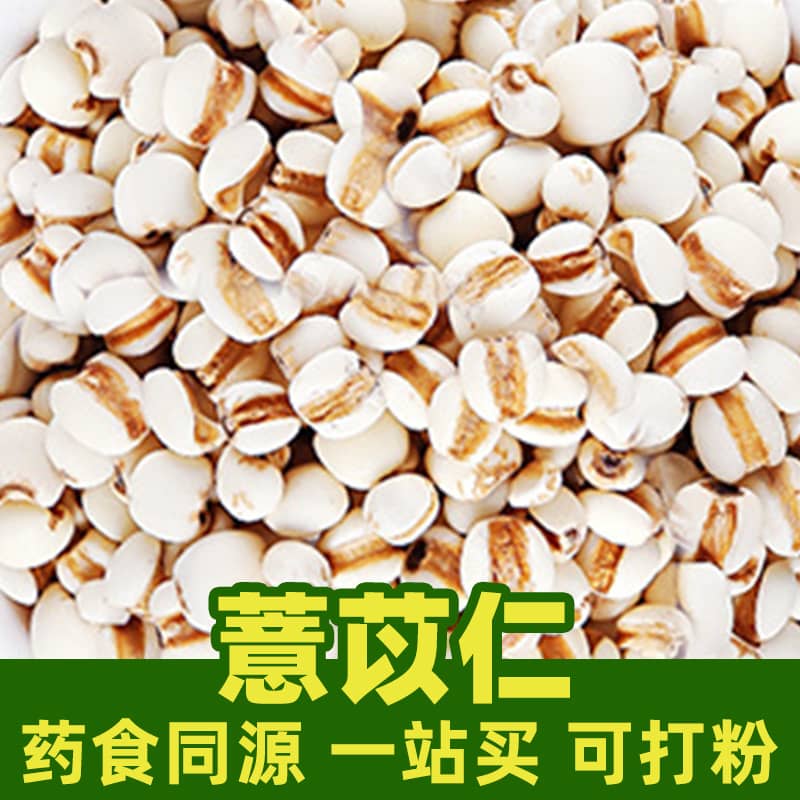Product Introduction
Malt is a grain that has been germinated and kilned, resulting in its characteristic golden to brown color. Its unique aroma and flavor make it a popular ingredient in brewing, baking, food processing, and pharmaceutical preparations.
Main Active Ingredients
Malt contains several key active ingredients:
- Starch: Starch is a primary component of malt. It's a plant's main energy storage and, when broken down by enzymes, provides energy in the form of sugars. Through the germination and kilning process, starch is converted into maltose, giving malt its sweet taste.
- Maltose: Maltose is a simple sugar produced from the breakdown of starch by malt enzymes. It's easily digestible and provides a quick source of energy. Maltose contributes to the sweetness of malt and is utilized by the body for energy.
- Protein: Malt contains a certain amount of protein, providing essential amino acids. Proteins are vital for building and repairing tissues and are involved in various cellular processes. The protein in malt offers nutritional benefits.
- Bitter Acids: Malt contains bitter acids, which contribute to its unique flavor. These acids have antioxidant and anti-inflammatory properties, offering potential health benefits.
Product Applications and Usage
Malt has a wide range of applications in the food industry, including brewing, baking, and food processing. Here are some common uses and dosages:
- Brewing: Malt is a crucial ingredient in beer. During the brewing process, the maltose in malt is fermented by yeast into alcohol, giving beer its distinctive flavor and taste. Typically, a certain amount of malt is required to produce one gallon of beer.
- Baking: Malt is often used as a nutritional supplement and flavoring agent in dough. It enhances dough fermentation and improves the flavor of baked goods. The amount of malt used in baking varies depending on the recipe.
- Food Processing: Malt extracts are used in the food industry as flavorings, nutritional supplements, and functional ingredients. They find applications in baby food, cookies, cereals, chocolate, and other processed foods. The specific amount of malt extract used depends on the product formulation and desired outcome.
The exact dosage of malt should be determined based on the specific food product, recipe, and processing requirements. It is recommended to follow relevant food safety and hygiene standards during food production.
Plant Source and Growth Environment
Malt is derived from barley (Hordeum vulgare), a significant cereal crop cultivated worldwide.
Barley is a grass with a creeping stem and nodes. Its stem is erect and can grow up to 1-1.5 meters tall. Barley leaves are linear and green with a glossy appearance. The small, tightly packed flowers form a spike-like inflorescence, often pale yellow.
Barley is adaptable to various climates, primarily found in temperate and cool temperate regions. It has moderate temperature and humidity requirements and is relatively tolerant of cold and drought. Barley can grow in a variety of soil types but thrives best in well-drained soils.
Harvesting, Processing, and Storage
Barley is typically harvested when it reaches maturity. Mature barley grains are usually dry at harvest, with a moisture content below 15%. The barley heads can be harvested by cutting or using mechanical harvesters.
After harvesting, barley undergoes a germination and kilning process to become malt. First, the barley is soaked in water to induce germination. The germination process is then halted by drying, which develops the malt's flavor and color.
To maintain malt quality and extend its shelf life, it should be stored in a dry, cool place, away from direct sunlight and moisture. Malt should be stored in airtight containers to prevent moisture and odor absorption. Proper storage helps preserve malt's nutritional value and flavor characteristics.
Monica Sun is a seasoned expert in the natural raw materials industry, with over a decade of experience specializing in traditional Chinese medicinal herbs, spices, and fungi. She is skilled in the sourcing, processing, and application of these materials, emphasizing sustainability and innovation. Monica Sun has contributed to the development of high-quality natural raw materials that serve as essential components in functional foods, pharmaceuticals, and cosmetics, delivering tailored solutions to meet diverse market needs.

















